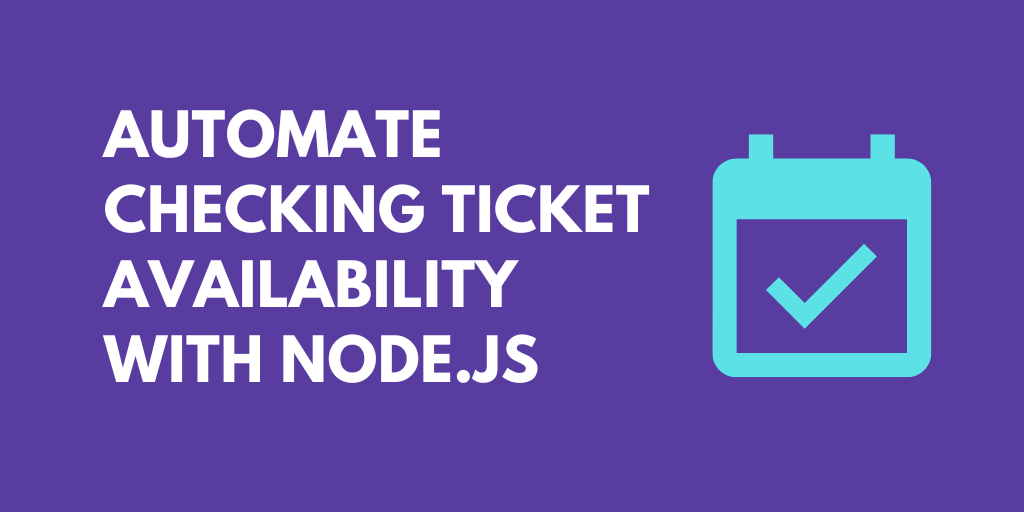What do you want to automate
with Taggun and Node?
Prompt, edit and deploy AI agents that connect to Taggun, Node and 3,000+ other apps in seconds.
Trusted by 1,000,000+ developers from startups to Fortune 500 companies
Popular Taggun and Node Actions#
Provide a URL for a receipt or invoice to extract clear and basic data. See the documentation
Write custom Node.js code and use any of the 400k+ npm packages available. Refer to the Pipedream Node docs to learn more.
Add manually verified receipt data to a given receipt for feedback and training purposes. See the documentation
Overview of Taggun#
Taggun API offers a powerful way to extract meaningful data from receipts and invoices using machine learning. By submitting images or PDFs, it can pull out key details like the date, merchant info, totals, tax amounts, and line items. This capability is gold for automating expense tracking and financial analysis. In Pipedream, you can slice Taggun's prowess into your workflows to parse receipts on the fly, integrate with accounting software, or even manage inventory based on purchase data.
Connect Taggun#
import { axios } from "@pipedream/platform"
export default defineComponent({
props: {
taggun: {
type: "app",
app: "taggun",
}
},
async run({steps, $}) {
const data = {
"url": `https://upload.wikimedia.org/wikipedia/commons/thumb/0/0b/ReceiptSwiss.jpg/170px-ReceiptSwiss.jpg`,
}
return await axios($, {
method: "post",
url: `https://api.taggun.io/api/receipt/v1/simple/url`,
headers: {
"apikey": `${this.taggun.$auth.api_key}`,
"Content-Type": `application/json`,
},
data,
})
},
})
Overview of Node#
Develop, run and deploy your Node.js code in Pipedream workflows, using it between no-code steps, with connected accounts, or integrate Data Stores and File Stores
This includes installing NPM packages, within your code without having to manage a package.json file or running npm install.
Below is an example of installing the axios package in a Pipedream Node.js code step. Pipedream imports the axios package, performs the API request, and shares the response with subsequent workflow steps:
Connect Node#
// To use previous step data, pass the `steps` object to the run() function
export default defineComponent({
async run({ steps, $ }) {
// Return data to use it in future steps
return steps.trigger.event
},
})Community Posts#
